World-Class Inshore Fishing in New Smyrna Beach
- Published Date: October 23, 2025
- Fishing
- New Smyrna Beach
- $200 - $850 price range
Summary
%2F%2Fusers%2F6d940fd0-7847-41ad-9610-a77b5347a374%2Fratecard%2F558015122_122125545314957804_1441170527657226636_n-mgzt7tlq.jpg&w=1200&q=75)
Catch of the Day


Full Day Fishing: New Smyrna's Inshore Bonanza
Ready to spend a full day chasing some of New Smyrna's most sought-after inshore species? This 8-hour trip with Florida Man Charters is your ticket to a proper day on the water. We're talking redfish tailing on the flats, snook ambushing bait under the mangroves, and speckled trout prowling the grass beds. Whether you're a seasoned angler or it's your first time holding a rod, this trip's got something for everyone. We'll hit the water at 7 AM sharp, giving us plenty of time to work different spots as the tide changes throughout the day.
What to Expect on the Water
This ain't your average half-day quickie. With a full 8 hours to play with, we've got time to really dial in on the fish. We'll start by hitting some early morning spots where the fish are feeding hard. As the sun climbs, we'll adjust our tactics, maybe sight-fishing the flats or working some deeper holes. The beauty of a full day is we can mix it up - if one spot's slow, no worries, we've got time to find where they're biting. And with room for up to 4 guests, you can bring your buddies or the family along. Don't sweat the gear either - we've got top-notch rods, reels, and all the bait you'll need. Heck, we even cover your fishing license for the day. Just bring your hat, sunscreen, and a good attitude.
Techniques & Terrain
New Smyrna's inshore waters are a mixed bag of habitats, and we'll hit 'em all. We might start by throwing soft plastics along oyster bars for redfish, then switch to live bait under a popping cork for trout over the grass flats. If the tide's right, we could find ourselves sight-casting to tailing reds in skinny water - talk about a rush! For snook, we'll pitch live bait or lures tight to the mangroves or dock pilings. And if we're lucky enough to spot some tarpon rolling, hold onto your hats 'cause we're in for a fight. Throughout the day, we'll use a mix of artificial lures, live bait, and cut bait, adapting our approach based on what the fish are telling us. It's all about reading the water, finding the bait, and presenting our offerings in a way that gets those fish fired up.
Species You'll Want to Hook
Let's break down the heavy hitters you're likely to tangle with on this trip:
Redfish: These copper-colored bruisers are a staple of New Smyrna's inshore scene. They love to cruise the flats and hang around oyster bars, often giving themselves away with their tell-tale tailing behavior. In the fall, we see some real giants move in, with bull reds pushing 40 inches or more. They fight hard and taste even better - if you're into catch and release, no worries, these guys are tough as nails.
Snook: The bad boys of the backwater. Snook are ambush predators with an attitude to match. They love structure, so we'll be working mangrove edges, docks, and bridge pilings. These guys are known for explosive strikes and drag-screaming runs. They're catch and release only in this area, but trust me, the fight is more than worth it.
Speckled Trout: Don't let their speckles fool you, these guys can be downright aggressive. We'll find them over grass flats and deeper holes, often in schools. A trout over 20 inches (what we call a "gator trout") is a real trophy, and they're not uncommon in these waters.
Tarpon: The silver king. If we're lucky enough to get into some tarpon, hold on tight. These prehistoric beasts can top 100 pounds and are famous for their acrobatic jumps and long, punishing fights. They're seasonal visitors, but when they're here, it's a show you won't forget.
Black Drum: Often overlooked but always fun to catch. These cousins of the redfish can grow to monster sizes. We'll find them around structure and oyster bars, and they're suckers for crabs or shrimp on the bottom. The smaller ones are great eating, while the big ones make for an epic photo before release.
Time to Book Your Spot
Look, a full day on the water in New Smyrna is hard to beat. You've got the time to really get into a groove, try different spots, and put some serious bend in the rods. Whether you're after your personal best redfish, want to tangle with a high-flying tarpon, or just looking to fill the cooler with some tasty trout and drum, this trip's got you covered. With all gear provided and a knowledgeable local guide at the helm, all you need to do is show up ready for action. The fish are out there waiting - so what are you waiting for? Lock in your date and get ready for a day of inshore fishing you won't soon forget. Trust me, once you've experienced a full day out here, those half-day trips just won't cut it anymore.
Learn more about the species
Black Drum
Black Drum are the bulldogs of the flats, growing up to 90 pounds but more commonly 5-30 pounds. You'll find them in shallow, brackish waters around oyster beds and mudflats. They use their strong jaws to crush shellfish, making a distinctive drumming sound. Spring is prime time as they school up to spawn. Anglers love Black Drum for their powerful fights and good table fare, especially the smaller ones under 15 pounds. To catch them, use fresh crab or shrimp on the bottom. A local tip: look for "tailing" drum in very shallow water during high tides. They'll tip up, showing their tails above water as they root for food. Approach quietly and make an accurate cast – it's sight fishing at its finest. Just be patient, as these fish can be stubborn and may require multiple presentations.
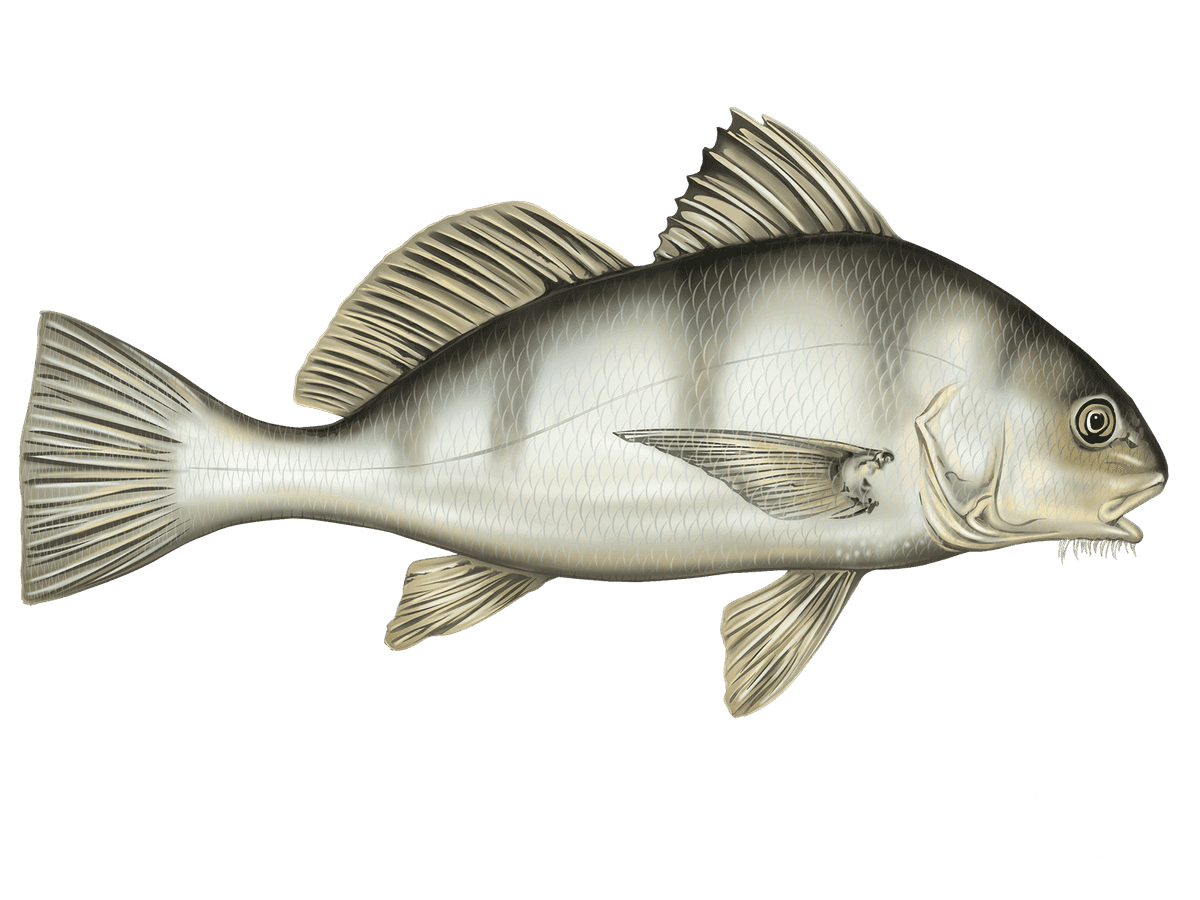
Redfish
Redfish, or red drum, are the bread and butter of our inshore fishing. These copper-colored beauties usually run 20-30 inches, but can grow much larger. Look for them tailing in shallow flats or cruising mangrove shorelines. They love water less than 4 feet deep, often so shallow their backs break the surface. Fall is prime time as they school up, but you can catch them year-round. Anglers target reds for their hard fights and excellent eating quality. To catch them, try live shrimp or mullet, or throw artificial lures like gold spoons. Here's a pro tip: on calm days, pole along grass flats and look for pushes of water. That's often a redfish moving through, giving you a chance for a perfect sight cast. Just remember to make a quiet presentation – these fish can spook easily in shallow water.
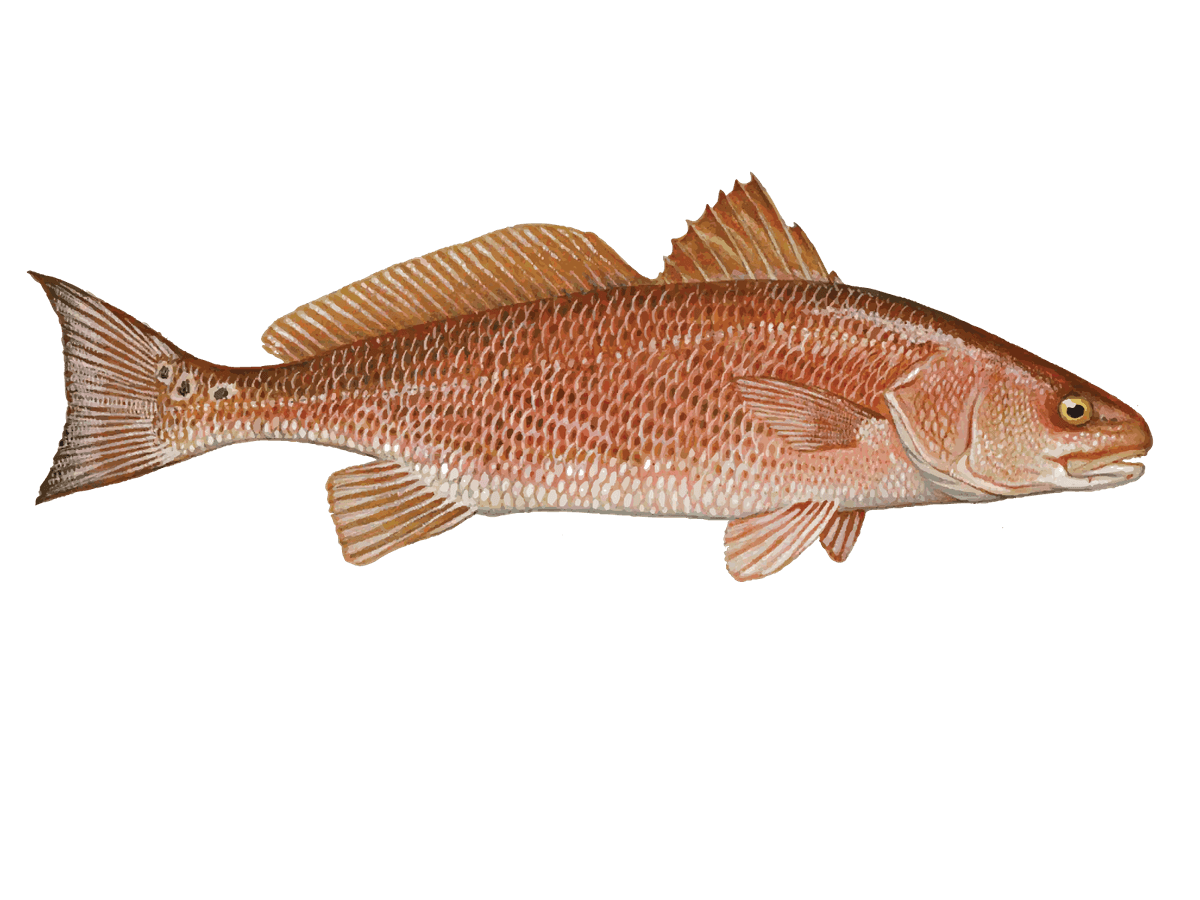
Snook
Snook are the ultimate inshore gamefish here in New Smyrna Beach. These sleek predators average 20-30 inches but can grow over 4 feet long. Look for them around mangroves, dock pilings, and inlet jetties. They love structure and moving water. Spring through fall is prime snook season, with spawning runs peaking in summer. Anglers prize snook for their explosive strikes and acrobatic fights. They're also excellent eating, though strictly regulated. To target snook, try live mullet or pinfish around dawn or dusk. A local secret: work topwater plugs parallel to mangrove shorelines on an incoming tide. Snook often cruise these edges looking for an easy meal. Be ready for heart-stopping surface strikes! Just remember, snook can be finicky – sometimes you need to downsize your bait and use light leader to get bites.
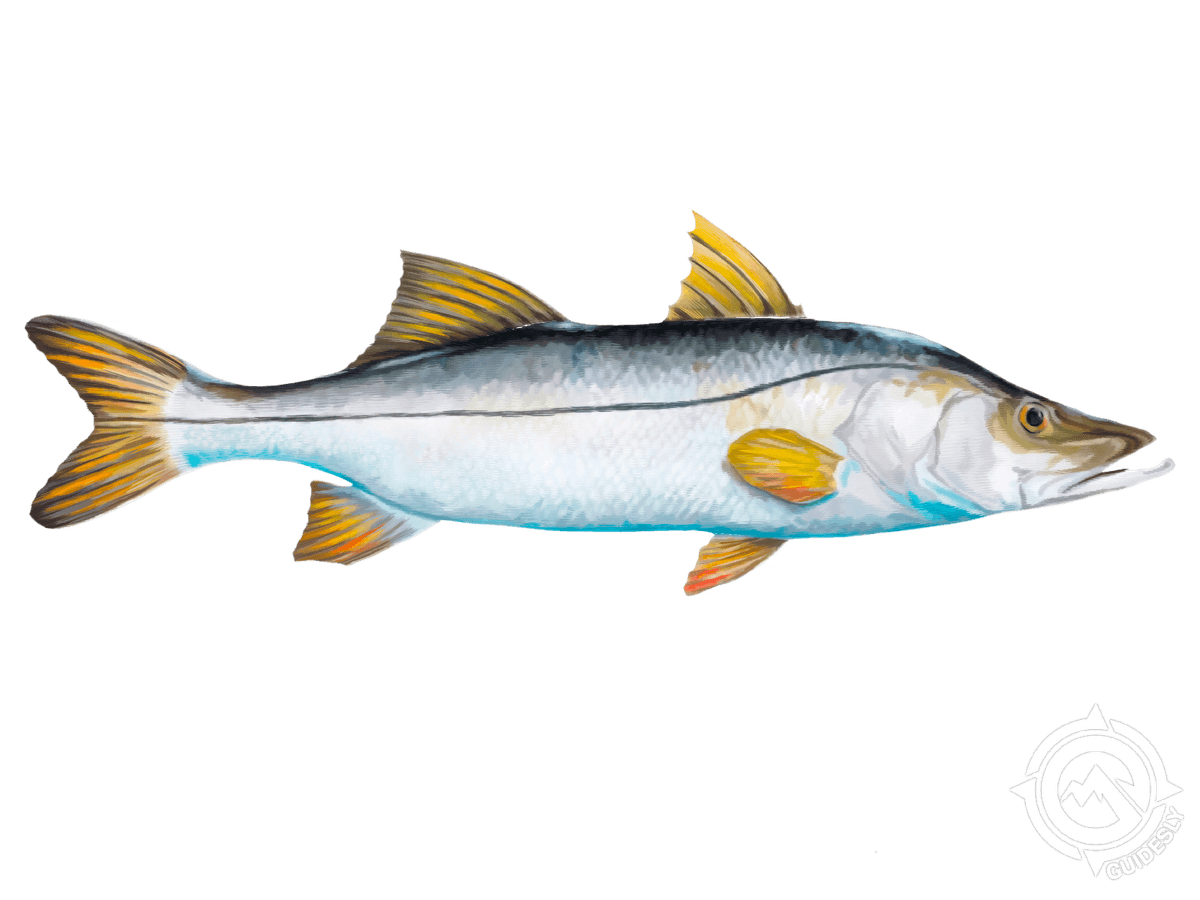
Southern Flounder
Southern Flounder are masters of camouflage, often blending perfectly with sandy or muddy bottoms. These flatfish typically range from 15 to 18 inches, but can grow up to 33 inches. You'll find them in shallow coastal waters, bays, and estuaries. They're ambush predators, lying in wait for smaller fish and crustaceans. Fall is prime time for catching flounder as they move to deeper waters. Anglers love targeting them for their delicious, flaky white meat. To land one, try drifting or still fishing with live bait like mullet or shrimp. A local trick: use a slow retrieve and feel for that telltale "thump" when a flounder grabs your bait. Remember, they have both eyes on one side, so they attack from below – set the hook when you feel weight, not just the first bite.
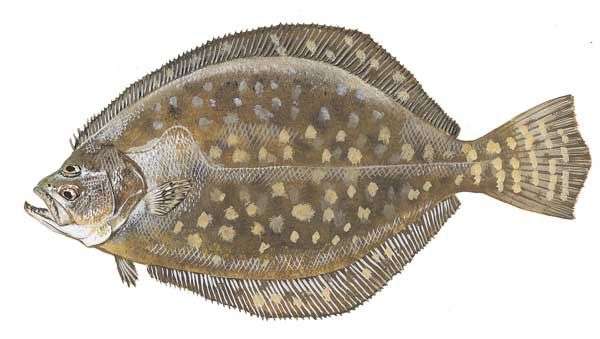
Tarpon
Tarpon are the silver kings of inshore fishing, famous for their acrobatic leaps and hard-fighting spirit. These prehistoric-looking fish can reach 8 feet and 280 pounds, though 100-pounders are more common. Look for them in coastal waters, inlets, and even up rivers. Late spring through summer is prime tarpon time as they migrate along our coast. Anglers chase tarpon for the thrill – they're all about the fight, not the table. To hook one, try live mullet or crabs around bridges or along beach runs. Here's a local secret: on calm mornings, scan for "rolling" tarpon on the surface. They're gulping air, which gives away their location. Position your boat ahead of their path and be ready for the cast of a lifetime. Just remember, landing a tarpon takes patience and stamina – the fight can last hours!
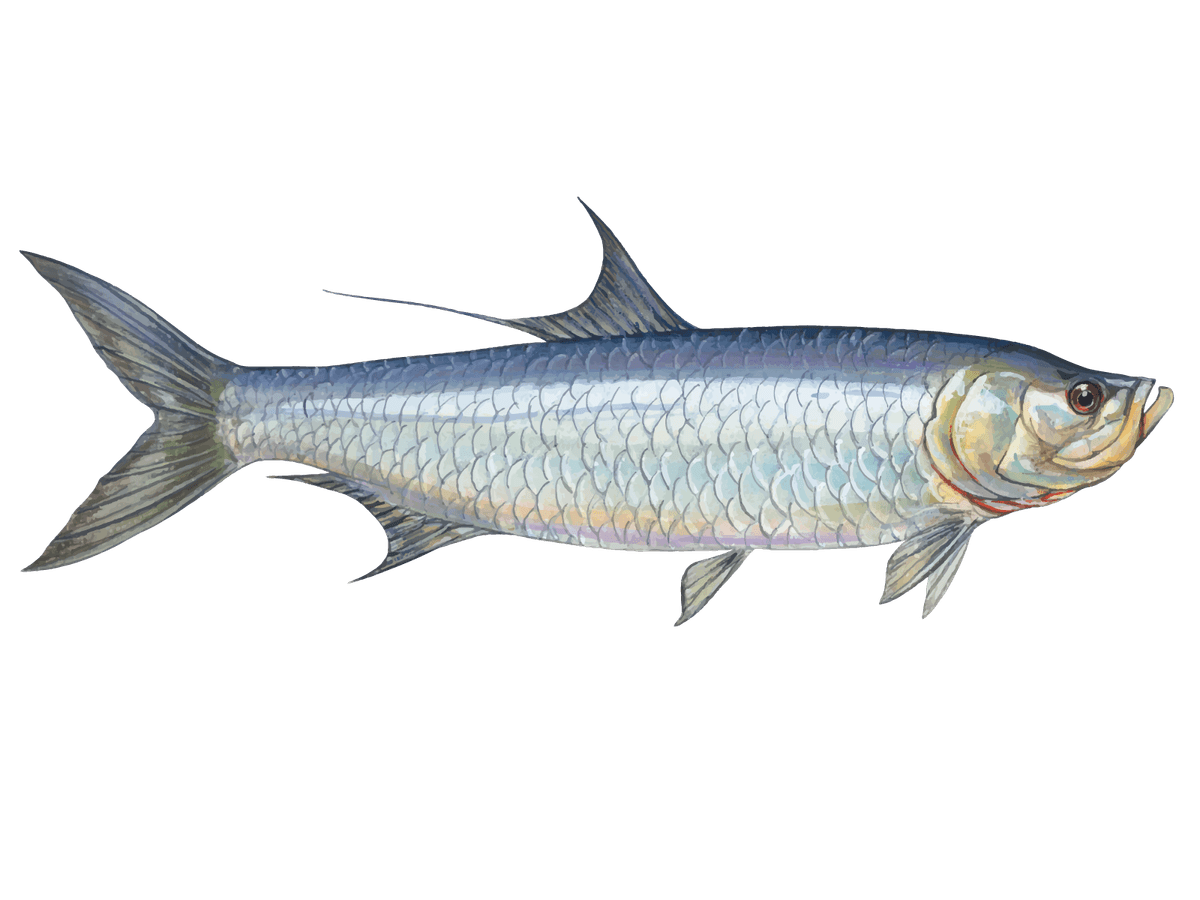
About the Florida Man
%2F%2Fusers%2F6d940fd0-7847-41ad-9610-a77b5347a374%2Fvehicle_picture%2F4afcfd6de7345d7fcf901c6a14c326b2-mgzrj7v0.jpg&w=1200&q=75)
Vehicle Guest Capacity: 4
Manufacturer Name: Yamaha
Maximum Cruising Speed: 40
Number of Engines: 1
Horsepower per Engine: 150
%2Ffit-in%2F250x250%2Fguide_websites%2F56024%2Fimages%2F1761013262136522215954_122096191994957804_6694422781310958316_n.jpg&w=1200&q=100)
%2Fusers%2F6d940fd0-7847-41ad-9610-a77b5347a374%2Fimages%2Fsix-crevalle-jacks-new-smyrna-2811.jpg&w=768&q=75)
%2Fusers%2F6d940fd0-7847-41ad-9610-a77b5347a374%2Fimages%2Ffive-fish-florida-fishing-2619.jpg&w=768&q=75)
%2Fusers%2F6d940fd0-7847-41ad-9610-a77b5347a374%2Fimages%2Fredfish-catch-florida-2679.jpg&w=768&q=75)
%2Fusers%2F6d940fd0-7847-41ad-9610-a77b5347a374%2Fimages%2Fnew-smyrna-beach-fishing-2395.jpg&w=768&q=75)
%2Fusers%2F6d940fd0-7847-41ad-9610-a77b5347a374%2Fimages%2Fgreat-catch-florida-2588.jpg&w=768&q=75)
%2Fusers%2F6d940fd0-7847-41ad-9610-a77b5347a374%2Fimages%2Ffishing-adventure-florida-2597.jpg&w=768&q=75)
%2Fusers%2F6d940fd0-7847-41ad-9610-a77b5347a374%2Fimages%2Fbest-great-fishing-florida-2676.jpg&w=768&q=75)
%2Fusers%2F6d940fd0-7847-41ad-9610-a77b5347a374%2Fimages%2Fangler-fishing-new-smyrna-beach-2596.jpg&w=768&q=75)
%2Fusers%2F6d940fd0-7847-41ad-9610-a77b5347a374%2Fimages%2Fsnook-new-smyrna-beach-2667.jpg&w=768&q=75)
%2Fusers%2F6d940fd0-7847-41ad-9610-a77b5347a374%2Fimages%2Ffishing-in-florida-2698.jpg&w=768&q=75)
